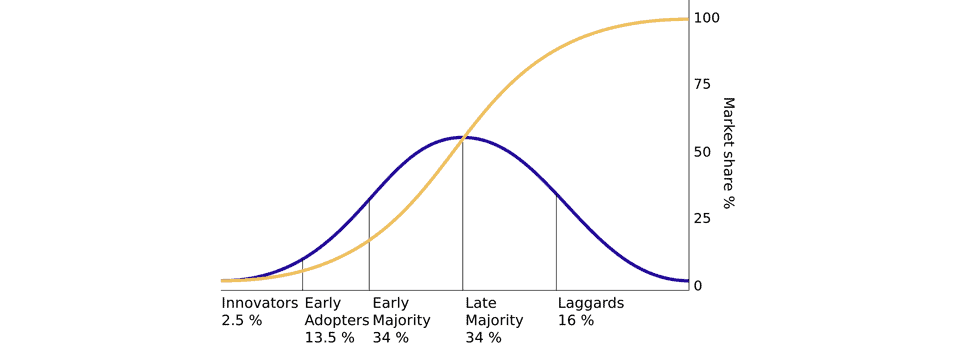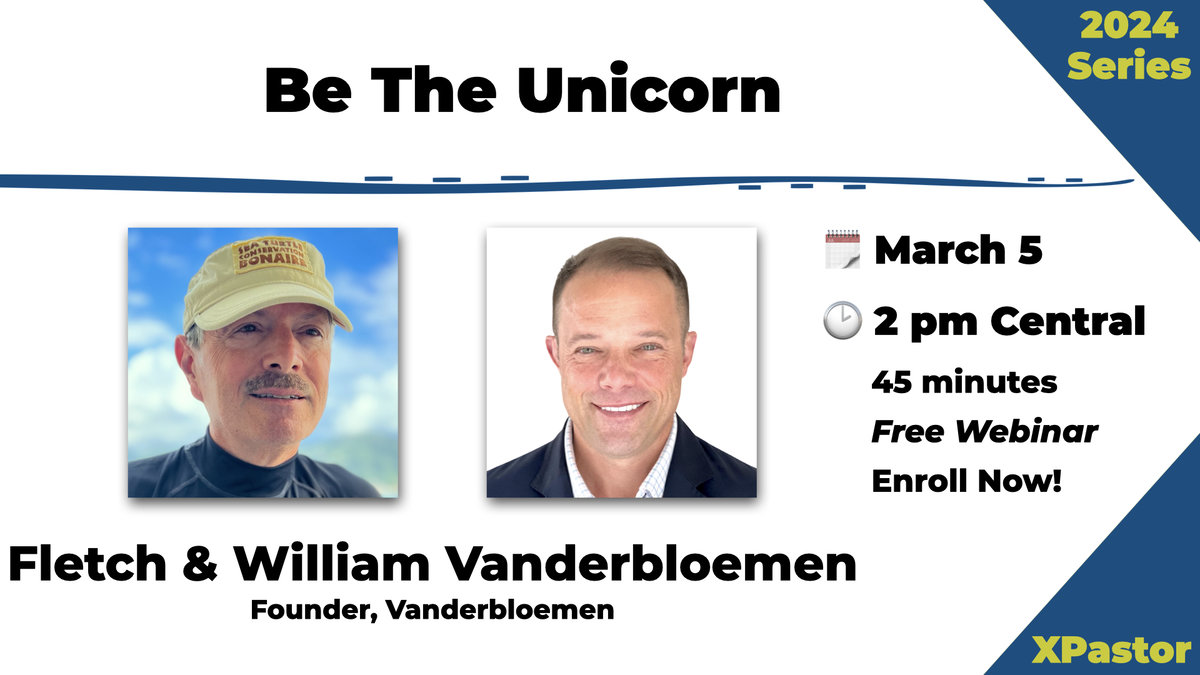In America we have the popular maxim, Change or Die. Solomon said there is nothing new under the sun, showing our popular American phrase has its roots in Greek antiquity. Heraclitus said, “Everything changes, πάντα χωρεῖ.” Heraclitus was born in Ephesus which is now a dead city. Everything changes or dies!
Heraclitus is the one who gives us that great image of change and the river: Everything changes and nothing remains still; you can’t step twice into the same stream
The river of life is always moving. You can’t step twice into the same stream because the water is always moving, always different. Your church will be different tomorrow. New people are always coming. Society is constantly changing, so our worship practices need to change. Truth doesn’t change but how we apply truth does change.
Change is always a challenge. Hundreds and thousands of books have been written on change and change management. One of my favorites is a thick one, Diffusion of Innovations by Everett Rogers. He was a professor of communications studies and his book is a huge influencer in the study of change.
Rogers came up with categories of people who adopt change:
- Innovators
- Early adopters
- Early majority
- Late majority
- Laggards
We have a great friend who is an innovator in most of her life. Jackie is an artist with wide and deep innovations in many areas of art and civic life. Yet, for her cell phone, she clings to an old Motorola Razr phone. I cite this to show that people are not in any one category in all aspects of their personal, corporate or church lives!
Rogers charted out the acceptance of change in a great chart (now in public domain on Wikipedia, shown at the top of this article.
There is a point when the early majority accepts an idea or product, and then the “market share” goes beyond fifty percent.
This idea is easily seen when a new product is introduced. The iPhone was snapped up by the innovators and the early adopters. Soon, the early majority began buying iPhones and the smart phone revolution was a mass phenomena.
How will the Apple Watch fair in the marketplace? Pardon the pun, but “time” will tell. Google Glass is only with the innovators right now and is having a hard time making it to the early adopter stage. These are some recent products that will have their own charts of adoption or failure. Time will tell.
In church life, the same is true of new ideas. The innovative churches are trying lots of new things. Some will be accepted and become mainstream; others will fail. We see this with video venues. Right now, many people are enjoying video venues, but it was not always so. In the early days of the video format, there were loud and prevalent critics. The critics called it all sorts of names and had lots of history to “prove” that it would never work. To date, the critics are wrong. Video venue does work for many congregations. Will video venues become a lasting item in churches? Again “time will tell.”
Here are some take-aways in church life from these concepts:
- Read the latest books to learn and appreciate what others are trying. Read them with both a hesitancy and a sense of awe. Perhaps the author is onto a significant idea. Perhaps the author is floating an idea that will never work.
- Consider what things in your life and church need to change. Place yourself on the continuum of adoption and see where you land. There is nothing wrong in being either an innovator or a laggard. And, as Jackie illustrates, we all have areas where we have landed on specific products and issues. Where are you in regard to main preferences? An innovator, early adopter, early majority, late majority or laggard?
- Examine the culture of your church. Where are your people? They may fall into the percentages that Rogers lays out. Or, you may have a congregation full of early adopters. What is the culture of your people? Then you have to determine the best ways to introduce change into your church.
We can fight against change all day long. But as Heraclitus shows, the river is always changing. You can’t step into the same water twice, as it is always flowing downstream. So it is in our fast-paced society—it is always changing.
The world is changing and we must adapt to it. Change or die. Everything changes.











